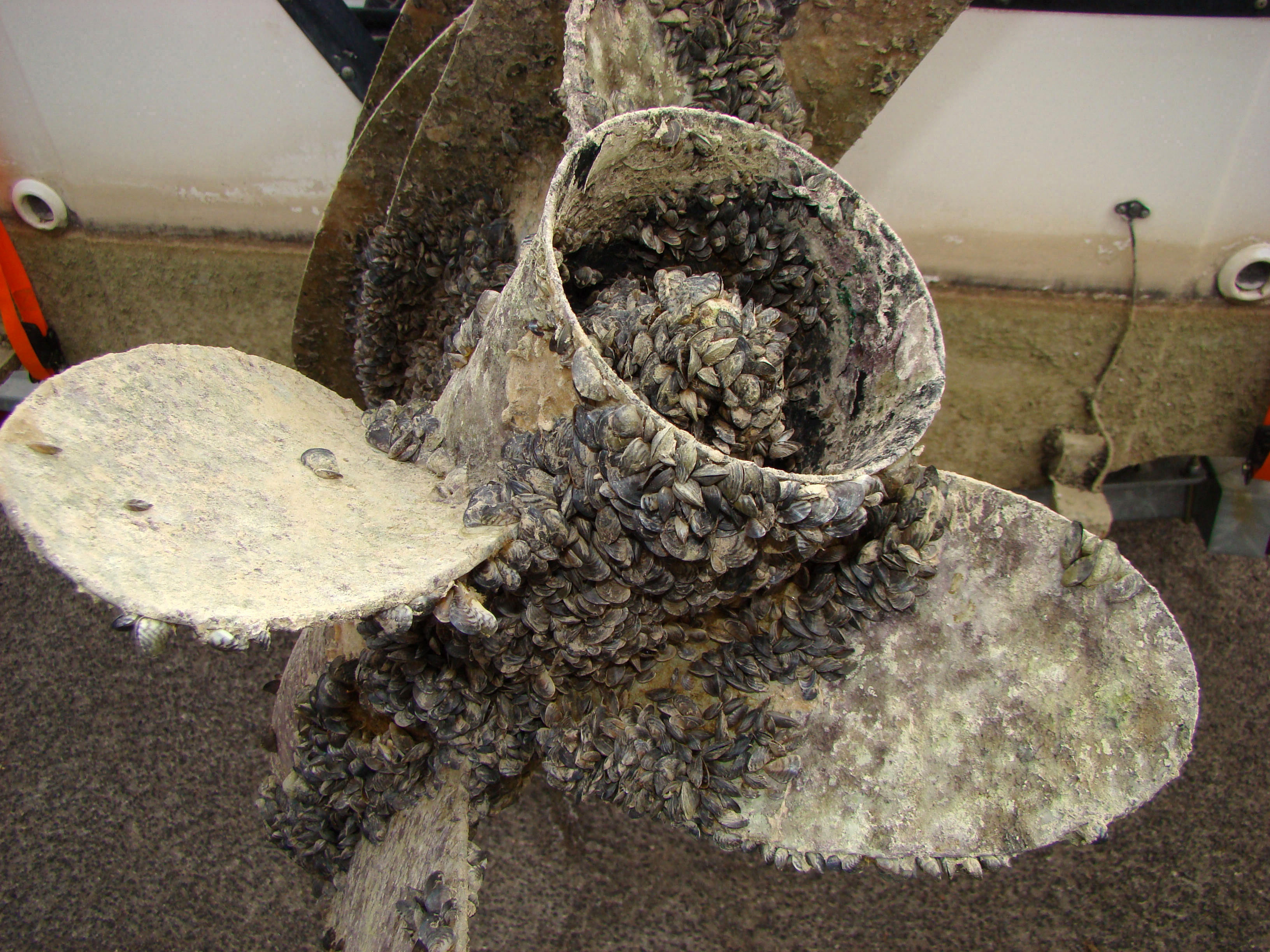Once established, ANS threaten biodiversity and can cause a multitude of ecological and economic impacts. These may include:
Predation – introduced species may consume native animal/plant populations, causing their decline.
Disease – introduced species spread parasites and diseases to native plants and animals.
Competition – introduced species may compete with native species for limited space and food, often out-competing these native plants and animals.
Hybridization – introduced species may breed with native species, negatively impacting the genetic purity of native populations.
Economic Loss – introduced species can cost significant amounts of money to manage and control; may clog water intake pipes of power plants and water treatment plants; impede boating access; cause physical destruction to boat motors; reduce fisheries; decrease property value; and cause several other problems that result in significant economic loss.

Artwork Credit: Jorah Mitchell
Bartram’s Bass X invasive Alabama Bass
Photo Credit: Bryant Bowen

Photo Credit: stopaquatichitchhikers.org
Now that you better understand the impacts of ANS, let’s look at some examples.



















